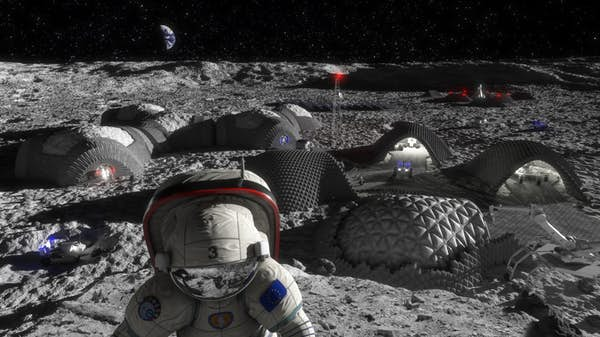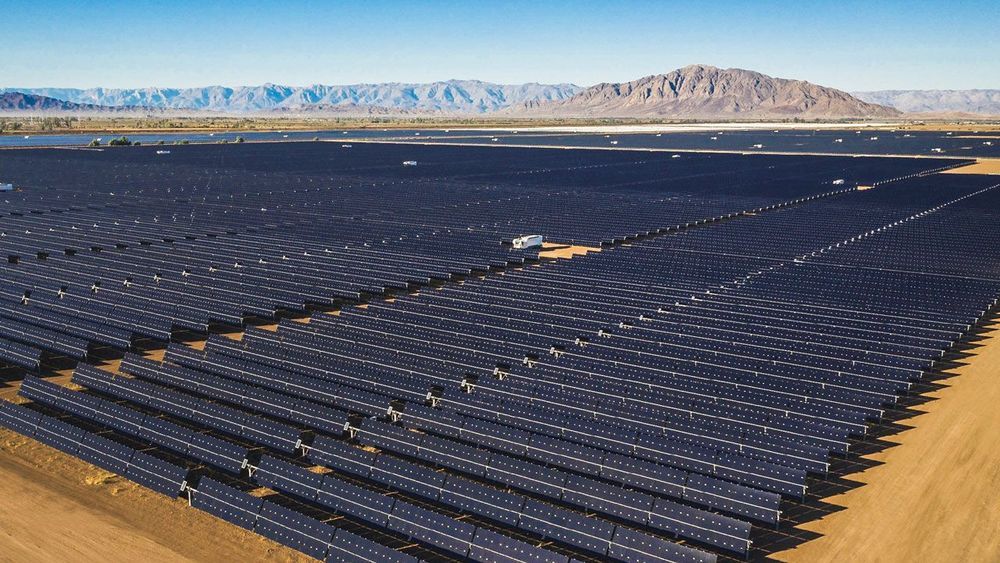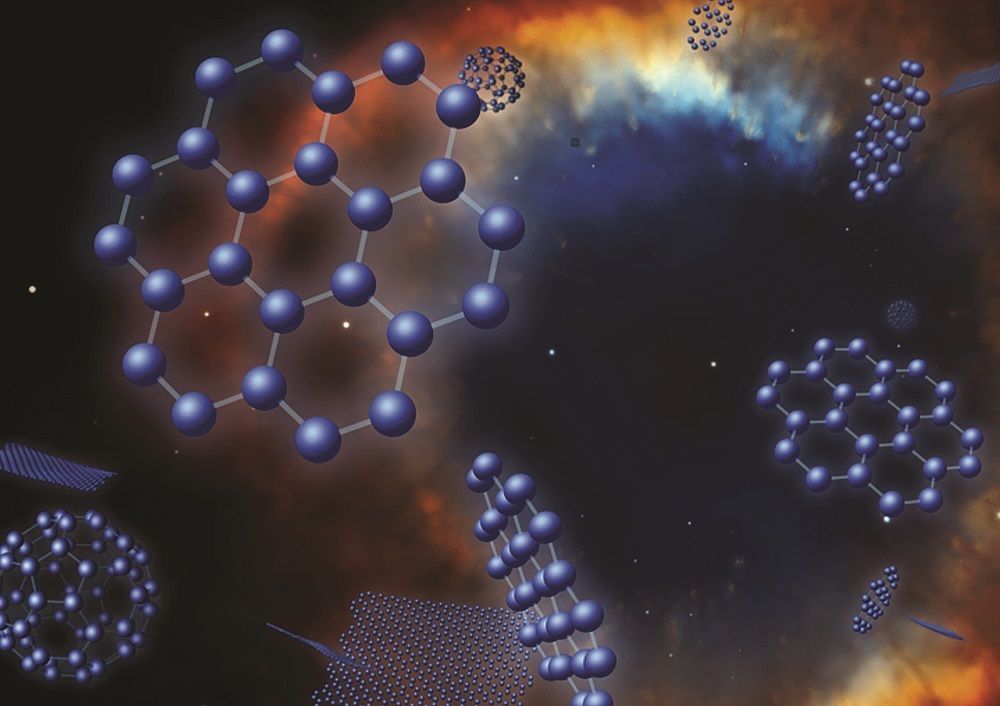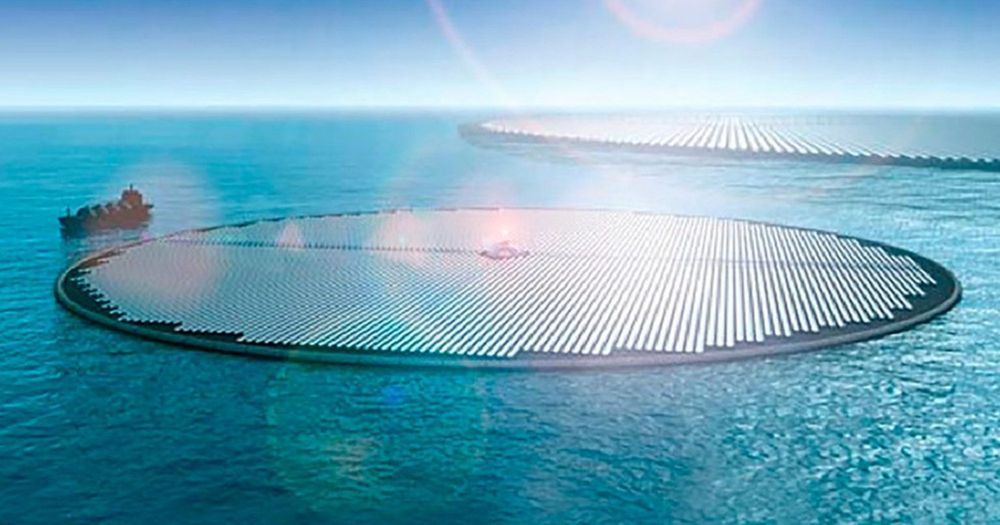Mechanical engineers have discovered a way to produce more electricity from heat than thought possible by creating a silicon chip, also known as a ‘device,’ that converts more thermal radiation into electricity. This could lead to devices such as laptop computers and cellphones with much longer battery life and solar panels that are much more efficient at converting radiant heat to energy.
Category: solar power

Lunar bricks could keep Moon colonists warm and generate electricity
Space engineers have long considered lunar soil as locally available material for building outposts on the Moon, and now ESA researchers are considering it as a means to store energy. The Discovery & Preparation study by the agency and Azimut Space aims to determine how the lunar regolith can soak up solar energy during the day, then use it to generate electricity during the 14-day night and protect equipment against freezing.


7 astonishing statistics you need to know to understand modern China
Home to the world’s largest floating solar energy plant.
ð


Op-ed | Graphene goes galactic
This op-ed originally appeared in the June 10, 2019 issue of SpaceNews magazine.
If humanity is to ever settle new planets, we will need radically new technologies; this much is obvious. But we may already have the perfect material to step up and fill the role: graphene. It is easily transported, easily manipulated, and an abundance of carbon in the galaxy could bode well for graphene, which is a carbon-based material. Its strength and versatility could well become a crucial component in colonization. For instance, spacecraft filled with advanced, massive 3D printers could ferry intrepid settlers to new corners of the galaxy, supplying a near-endless supply of material and equipment, perhaps even being used to construct homes that can withstand the conditions of other worlds.
Graphene’s discovery in 2004 sparked the flame of endless possibility within the science and technology communities due to its astounding properties. Only a single atomic layer thick and constructed in a lattice, honeycomb-like formation, graphene is nearly 200 times stronger than steel and better at conducting electricity and heat than any other conductor. It’s flexible, allows 97 percent of white light to pass through it (making it perfect for solar energy), and the list of properties continues.

Antigravity water transport system inspired by trees
Efficiently moving water upward against gravity is a major feat of human engineering, yet one that trees have mastered for hundreds of millions of years. In a new study, researchers have designed a tree-inspired water transport system that uses capillary forces to drive dirty water upward through a hierarchically structured aerogel, where it can then be converted into steam by solar energy to produce fresh, clean water.
The researchers, led by Aiping Liu at Zhejiang Sci-Tech University and Hao Bai at Zhejiang University, have published a paper on the new water transport and solar steam generation method in a recent issue of ACS Nano. In the future, efficient water transport methods have potential applications in water purification and desalination.
“Our preparation method is universal and can be industrialized,” Liu told Phys.org. “Our materials have excellent properties and good stability, and can be reused many times. This provides the possibility for large-scale desalination and sewage treatment in the future.”

Giant Floating Solar Farms Could Make Fuel and Help Solve the Climate Crisis, Says Study
Millions of solar panels clustered together to form an island could convert carbon dioxide in seawater into methanol, which can fuel airplanes and trucks, according to new research from Norway and Switzerland and published in the Proceedings of the National Academy of Sciences journal, PNAS, as NBC News reported. The floating islands could drastically reduce greenhouse gas emissions and dependence on fossil fuels.

Japan is a world leader in floating solar power
Solar panels that don’t occupy valuable land.
Saving space whilst saving the planet.

The reality behind solar power’s next star material
For decades, slabs of crystalline silicon have dominated the solar industry. Other materials that can be layered in thin films, such as copper indium gallium selenide (CIGS) and cadmium telluride (CdTe), have captured less than 5% of the market, because it’s hard to make them as efficient or cheap as conventional solar panels. Perovskites could be a different story. They should be cheaper to make and seem impressively efficient at converting sunlight into electricity — in the laboratory, at least.
Companies say they are close to commercializing cheap perovskite films that could disrupt solar power — but are they too optimistic?